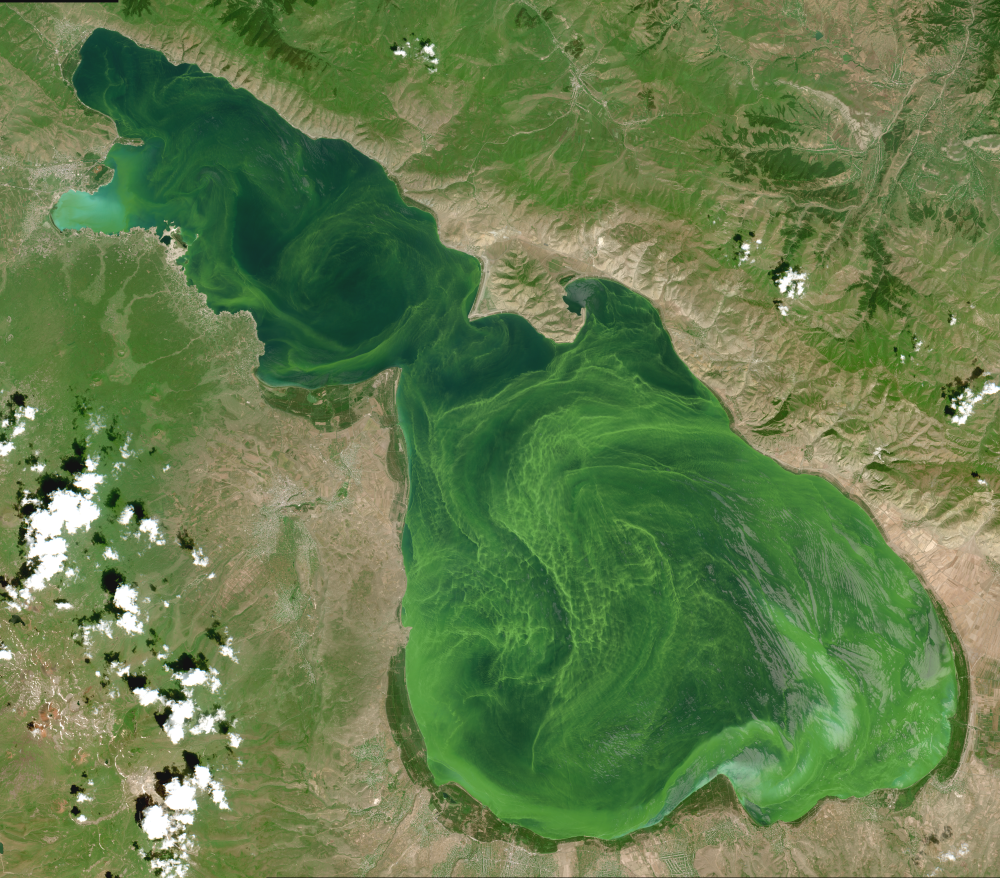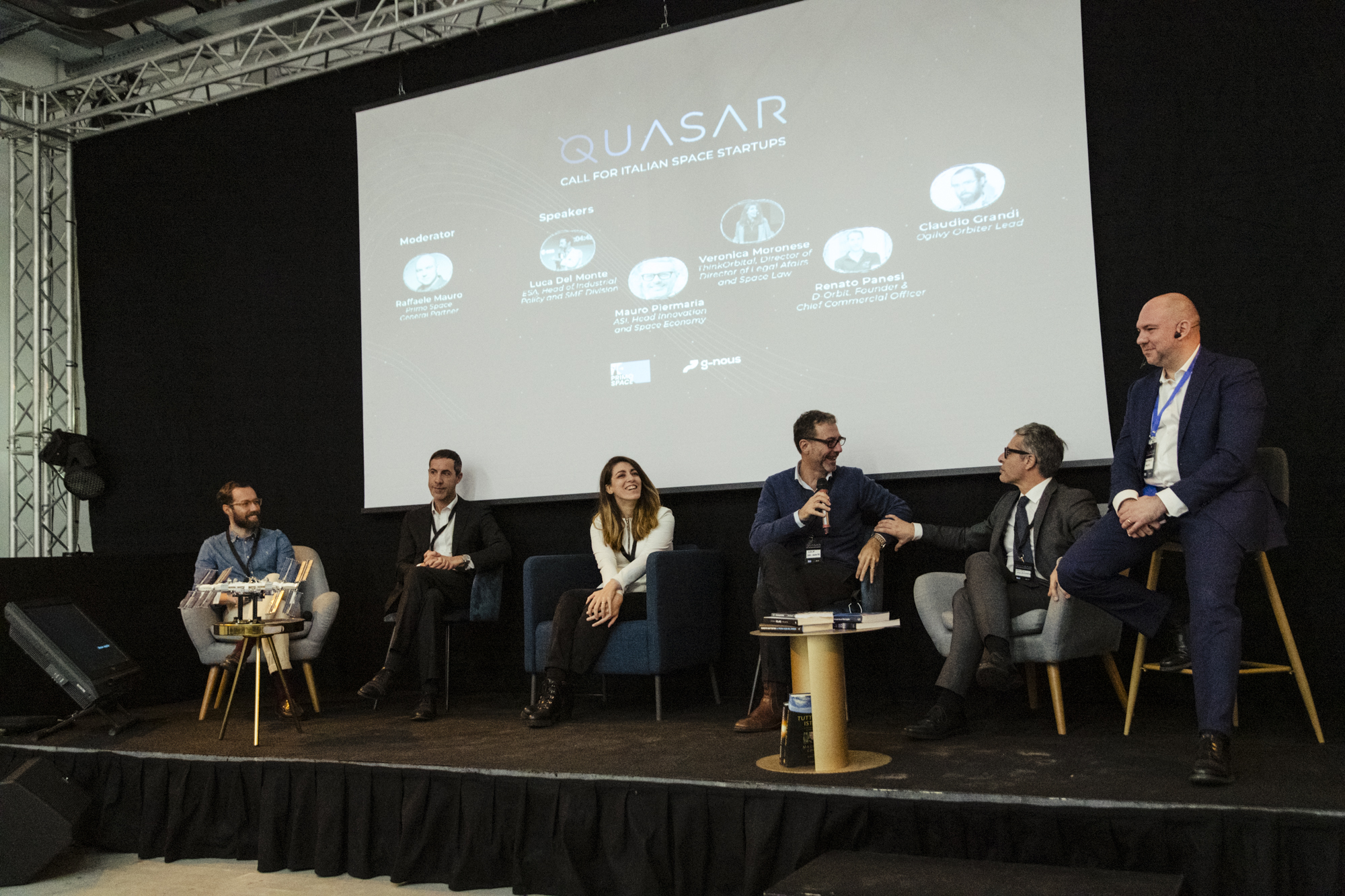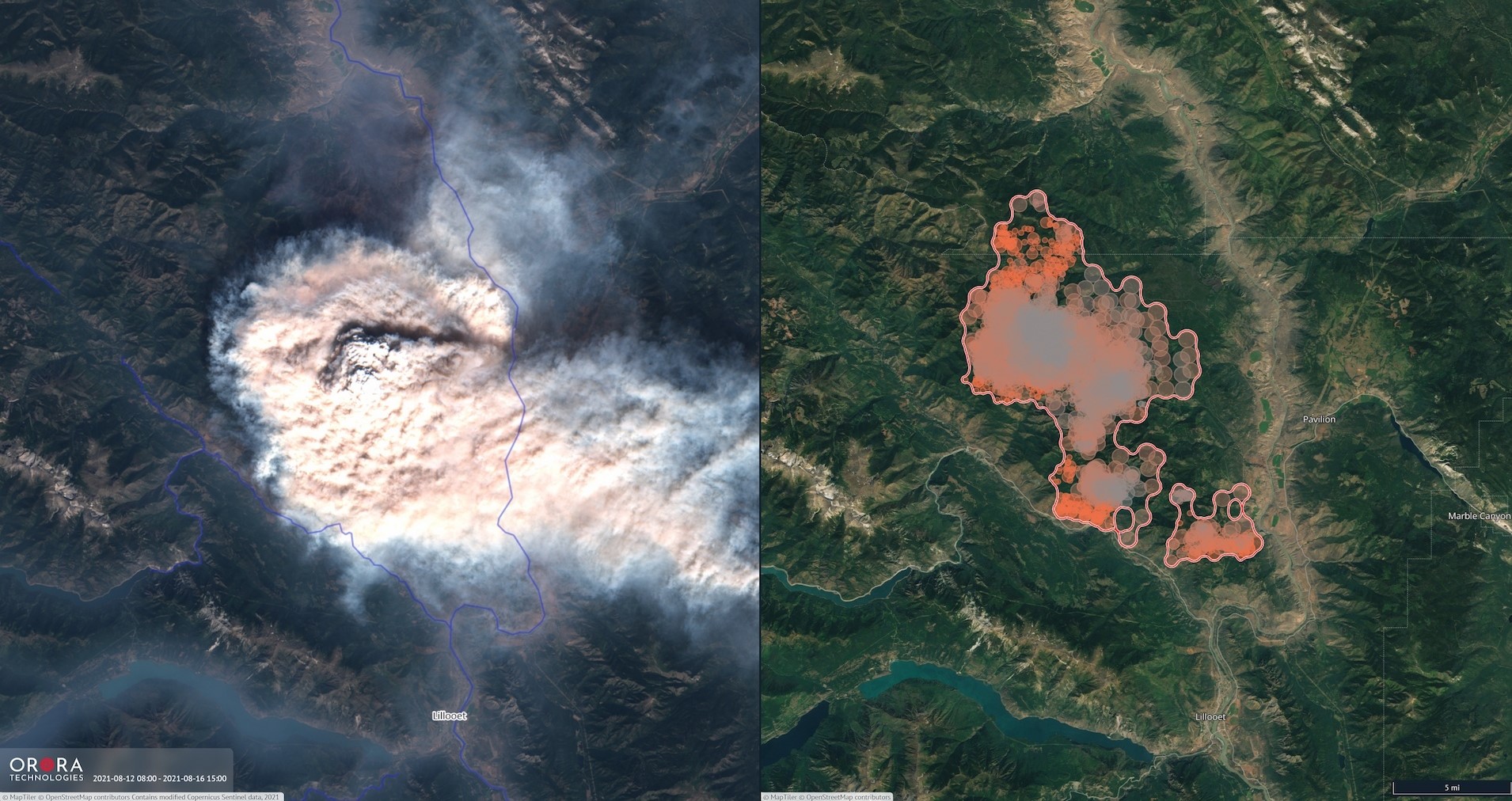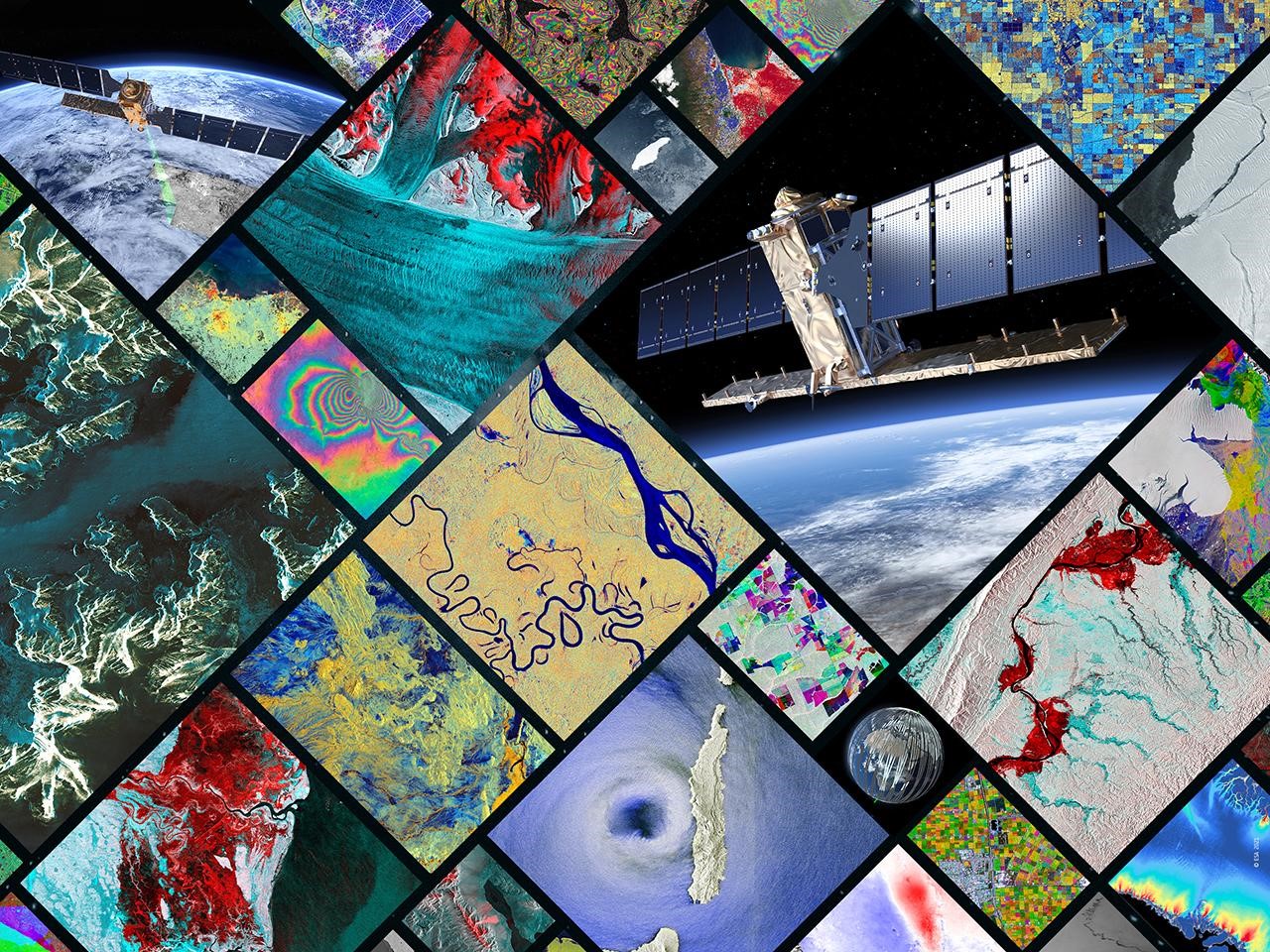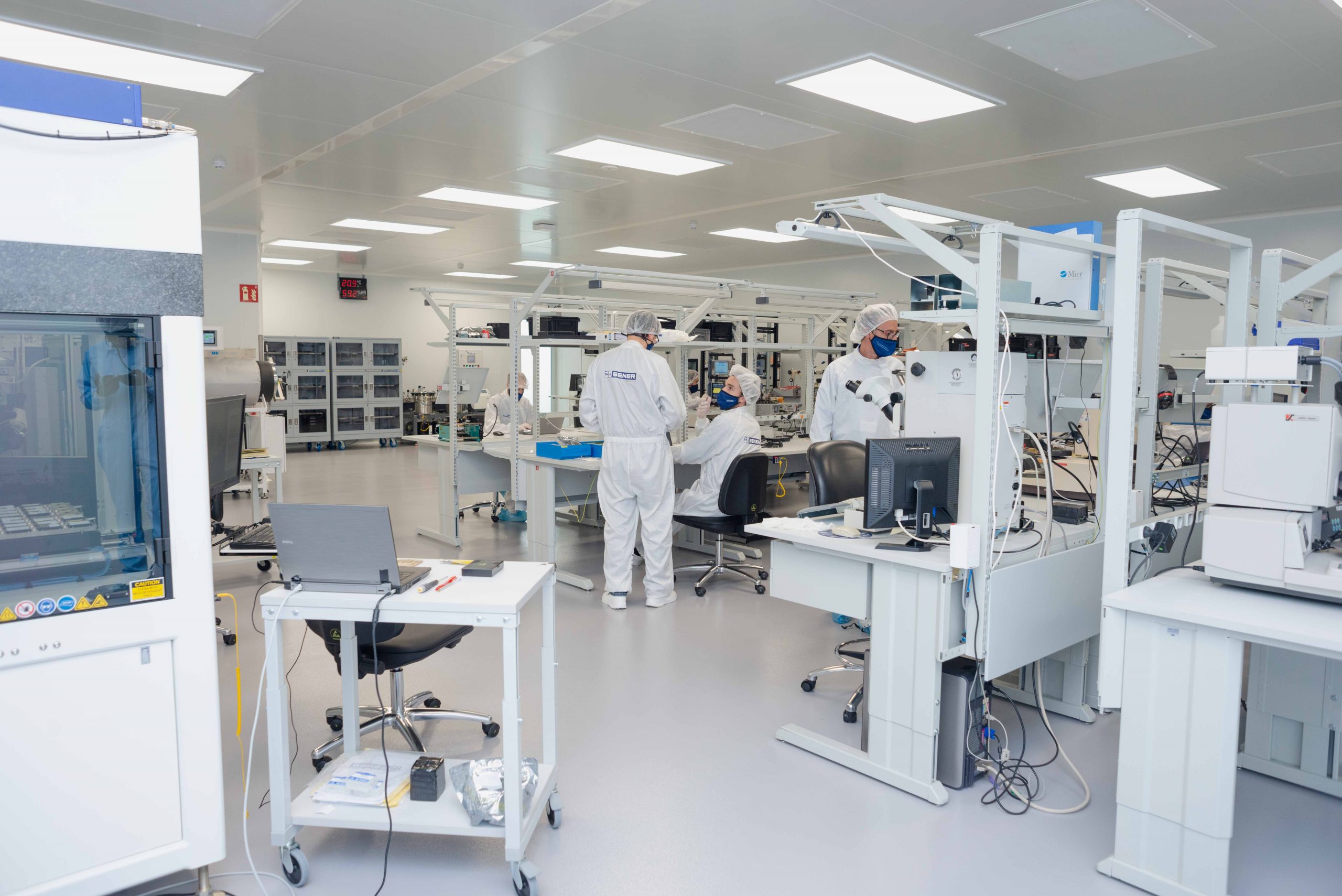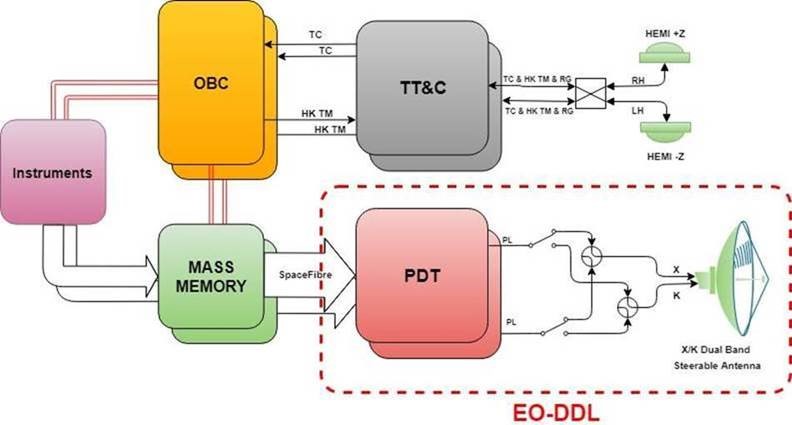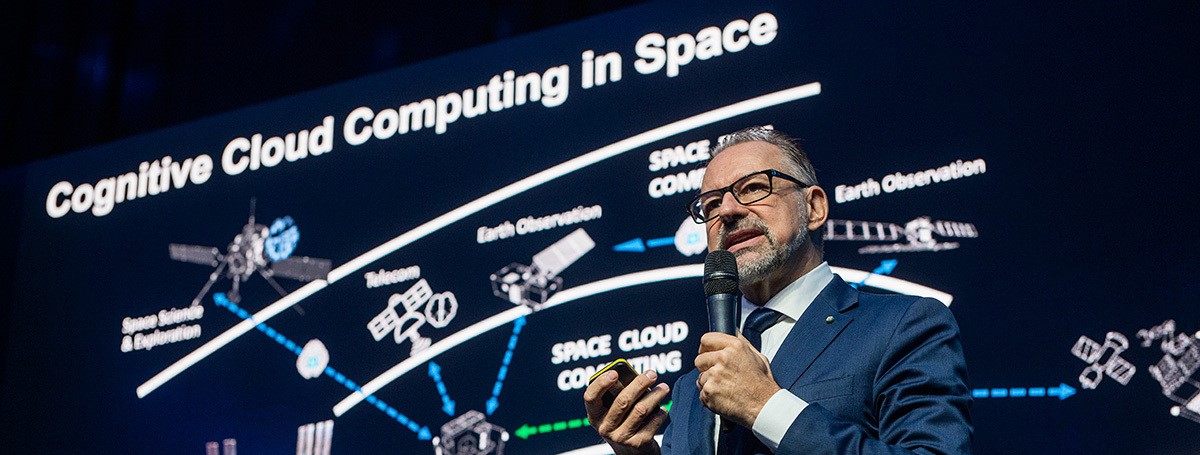German company EOMAP has launched its development programme for EOSmart, an online solution for Earth observation-based mapping and monitoring of water resources. With funding support from ESA InCubed, EOMAP will collaborate with international stakeholders to produce a tool that puts enhanced information in the hands of water-management decision makers.
The world’s water resources are under ever-mounting pressure, as factors such as population growth and changing living standards drive increases in both industrial and domestic consumption. National and local authorities, together with private water utilities, not only face significant challenges in keeping track of demand and changes in water quality, but must also focus on risk management, budgetary constraints and meeting reporting requirements.
These challenges give rise to a clear need for smarter approaches to managing fresh water and marine environments. But information on past, current and predicted trends in water quality is often hard to come by, and so EOMAP saw a clear opportunity to draw on Earth observation (EO) data to help support water managers in their processes. The EOSmart solution will provide key quality indicators built on satellite-derived measurements of properties including sediment concentration, phytoplankton, cyanobacteria and temperature changes. The platform will transform the data into actionable, relevant information that management teams can integrate into their routine operations.
Karin Schenk, Head of the EOMAP Water Quality Department, explains the game plan: “We’ll co-create EOSmart with both global players in the water market and government bodies, and in fact we expect market-oriented cooperation to be the key to the success of the endeavour. Our aim is to offer an end product that gives customers novel water-quality data at their fingertips.”
EOMAP is already well established in the sector, and supplies bathymetry and seafloor mapping services to a global client base. “For more than fifteen years now we’ve been providing extremely high-quality aquatic data and software based on Earth observation,” adds CEO Thomas Heege. “EOSmart will leverage this deep knowledge and further empower customers to work with physics-based water-quality data. The benefit for them will be increased safety and efficiency – at lower costs. We are also delighted to be among the first German InCubed activities.”
Piera di Vito is the ESA Technical Officer assigned to the initiative: “Supporting the development of a toolbox that helps to manage our most precious resource sustainably is of value for society and a good fit with the profile of EO-centred products and services co-funded by InCubed. We look forward to seeing how EOSmart progresses this year, firstly with product development and then with the pilot, which will be a first chance to demonstrate the performance and potential of the product.”
